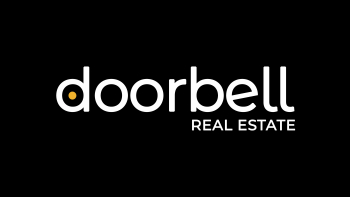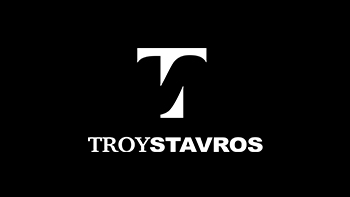 Taking out a jumbo mortgage in Knoxville has become a little more costly this holiday season.
Taking out a jumbo mortgage in Knoxville has become a little more costly this holiday season.
The average rate for a 30-year, fixed-rate jumbo loan rose to 5.64% in our latest survey of major lenders taken Dec. 29.
That’s the most expensive they’ve been since June and more than a half-point higher than the average rate was in early November, when it reached a record low of 5.04%.
Jumbo rates went up for the same reason other mortgage rates went up — the deficit-swelling tax cut deal that President Obama and Republican leaders reached in early December.
Having said that, you’ll still find jumbo loans are cheaper than they were last January, or the January before that, or pretty much any time except last fall.
But you’ll still need a substantial income, relatively little debt and a big down payment (or lots of equity if you’re refinancing) to qualify for one of these mortgages.
Jumbo loans are mortgages that are too large to be financed by the two government-owned companies that provide most of the money for home loans.
Congress only allows Freddie Mac and Fannie Mae to buy loans from banks and mortgage companies if they’re for less than $417,000 in most parts of the country or up to $729,500 in high-cost cities such as New York and San Francisco.
Jumbo loans have cost substantially more than loans that Freddie and Fannie could buy over the past couple of years, making them unaffordable for many buyers.
But the average cost of a 30-year, fixed-rate jumbo loan has been under 6% since November 2009, according to our weekly survey of major lenders.
That was the first time it had been below or at 6% since July 2005. Indeed, the average rate had been over 7% from July 2007 to July 2009, peaking at nearly 8% in October 2008.
“There’re never going to be as low as conforming rates,” says Jason Bonarrigo, senior mortgage banker at Wells Fargo in Boston. But the spread between conforming and jumbo loans is shrinking.
“Some fixed rates are under 5%” for jumbo loans, Bonarrigo says. “The rates have come down to where it makes sense for consumers to look to consolidating first and second mortgages into one jumbo loan.”
The rates on adjustable-rate jumbo loans are even lower — typically run one percentage point less than lenders charge for comparable fixed-rate loans.
An adjustable-rate loan with a lower rate can make sense if you’re planning to move before an ARM begins to reset, typically in five or seven years.
If you intend to stay in your home longer, however, think twice about getting an ARM.
Sure, you can save money for now with the ARM. Saving one percentage point can make a huge difference in your monthly payments when you’re borrowing that much money.
But mortgage rates are so low right now, they have nowhere to go but up. So you might be better off in the long run with a fixed-rate mortgage.
If you do choose an ARM, you can avoid many of the problems homeowners encountered with ARMs they bought during the housing boom of the early 2000s.
Make sure the rate resets no more than once a year and has reasonable limits on how high it can go and how much it can increase each year.
When the financial crisis struck in late 2008, most lenders simply stopped doing jumbo loans.
But a growing number of banks and mortgage companies are slowly and carefully getting back into the jumbo loan market.
“It’s a little easier to get a jumbo loan now than it was last year,” says Paul McFadden, a loan officer with The Legacy Group in Bellevue, Wash. “I continue to see the market improve.”
But there are two big hurdles borrowers must clear before they can qualify for these loans.
First, you’ll need a down payment of at least 20% or have at least 20% equity in your home for a refinancing. We aren’t seeing lenders offer much wiggle room on this.
In fact, the bigger the loan the more likely banks and mortgage companies are to demand an even bigger down payment.
Then you’ve got to prove that you can make the substantial monthly payments of $3,000 to $5,000 that these loans require. You’ll need to:
- Fully document your income and assets over the past several years.
- Have a credit score of at least 720 to 740, which means you need an average or better than average credit history.
- Show that your monthly mortgage payments will require no more than 36% to 38% of your pretax income.
- Demonstrate that your total debt payments, including auto loans and credit card payments, won’t consume more than 41% of your pretax income.
- Have at least 10% of the amount you are borrowing in bank or brokerage accounts that can be used to make your mortgage payments should you lose your job. (Loan officers call this “post closing liquidity.”)
If you can do that, you have a chance to take advantage of the best jumbo loan rates we’ve seen in several years.
“Jumbo loans were dead when this credit crunch came,” says Bonarrigo. “Now we’re definitely doing more of them.”
In fact, Bonarrigo adds, “With an A+ customer, you can do a loan up to the high 4 million bucks to the low 5s.”
Source: Interest.com



Leave a Reply